You’ll maximize your smartwatch battery life by disabling non-essential app notifications that constantly wake your screen and drain power. Set priority-only alerts for critical communications like calls, texts, and calendar reminders while turning off vibration for low-priority messages. Configure silent hours overnight to prevent unnecessary battery drain, and limit social media and entertainment app alerts that generate frequent interruptions. These targeted notification adjustments can greatly extend your device’s daily usage.
Disable Non-Essential App Notifications to Reduce Screen Wake-Ups
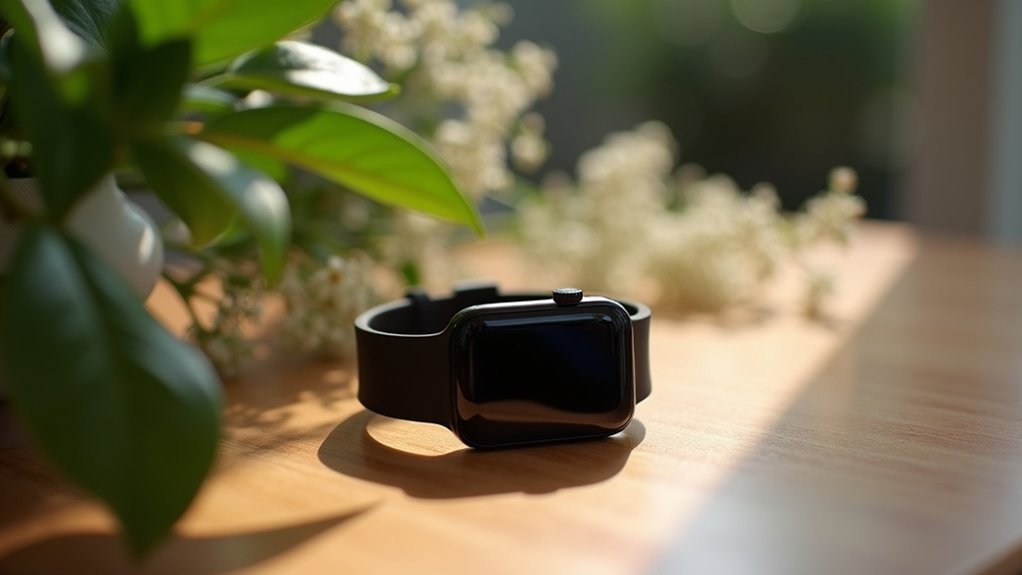
Every notification that lights up your smartwatch screen drains precious battery power through unnecessary wake-ups and CPU activity.
You’re fundamentally forcing your device to consume energy every time a non-essential app sends an alert, triggering screen activation and network traffic.
To maximize battery life, you’ll want to disable notifications from apps that aren’t critical to your daily routine.
Social media updates, promotional emails, and gaming alerts can wait until you check your phone. Instead, prioritize vital notifications like calls, texts, calendar reminders, and health alerts.
Navigate to your smartwatch’s notification settings and systematically turn off alerts from apps you don’t need immediate access to. Modern processor efficiency ensures that remaining notifications are handled with minimal battery impact while maintaining responsive performance.
This simple customization reduces screen wake-ups markedly, allowing your battery to last longer between charges while maintaining access to truly important information.
Set Priority-Only Alerts for Critical Communications
While you’ve eliminated unnecessary app notifications, you’ll need to go one step further by configuring priority-only alerts that guarantee essential communications still reach you instantly.
Start by identifying your essential apps—messaging, calendar, and calls typically qualify.
Enable “Do Not Disturb” or “Priority Only” mode to restrict notifications to these selected apps. Define what counts as critical: emergency contacts, work-related emails, health alerts, and personal safety notifications.
Use your smartwatch’s built-in management features. On Apple Watch, swipe left on notifications to adjust settings directly.
Galaxy Watch users can access quick panels for instant priority toggles. Create custom notification profiles that automatically filter alerts based on context. For Apple Watch users, you can also mute notifications for one hour or for the entire day when you need extended focus periods without compromising battery life.
Test your setup by tracking battery usage to confirm only essential communications break through while preserving power.
Turn Off Vibration Alerts for Low-Priority Messages
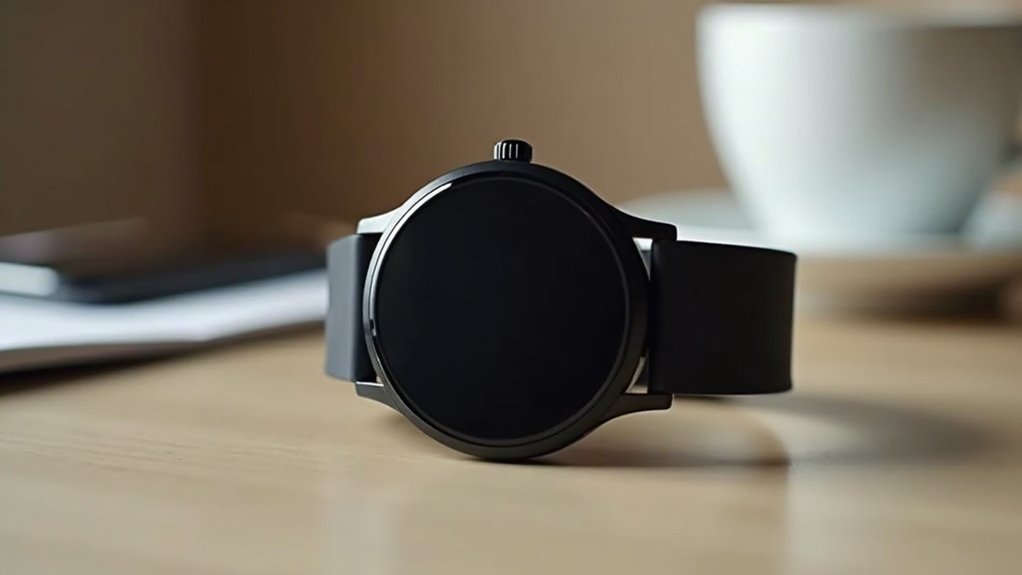
Most smartwatch users don’t realize that vibration alerts are among the biggest battery drains on their devices. Each vibration not only consumes energy but also triggers your backlight, doubling the battery impact. You’ll extend your smartwatch’s battery life considerably by turning off vibrations for low-priority messages.
Start by filtering which notifications deserve vibration alerts. Social media updates, promotional emails, and non-urgent app notifications should run silently. Reserve vibrations only for calls, texts from important contacts, and critical work communications.
| Message Type | Vibration Setting | Battery Impact |
|---|---|---|
| Social Media | Off | High Savings |
| Work Emails | Off | Medium Savings |
| Promotional | Off | High Savings |
Customizing these settings reduces unnecessary battery drain while keeping you connected to what matters most. For maximum battery conservation, consider using audible alerts instead of vibration when you need to be notified of important messages.
Configure Silent Hours to Prevent Overnight Battery Drain
Silent hours settings can slash your smartwatch’s overnight battery consumption by up to 40%.
You’ll want to enable silent mode during specific hours to prevent unnecessary alerts and conserve power. Use your smartwatch’s scheduler to automate these settings, guaranteeing consistency without daily manual adjustments.
Configure your notification filters to allow only urgent alerts during silent hours. This reduces screen wake-ups and vibration activations that drain battery.
Turn off your always-on display feature at night, and consider activating airplane mode to disable wireless connectivity completely.
Limit continuous heart rate monitoring during sleep unless medically necessary. Use your smartwatch’s Do Not Disturb or Bedtime modes to minimize background activity.
Review and adjust these settings regularly to confirm they’re meeting your daily needs while maximizing overnight battery preservation. Regularly reviewing health features ensures you’re only running necessary functions that support optimal battery performance during sleep hours.
Limit Social Media and Entertainment App Alerts
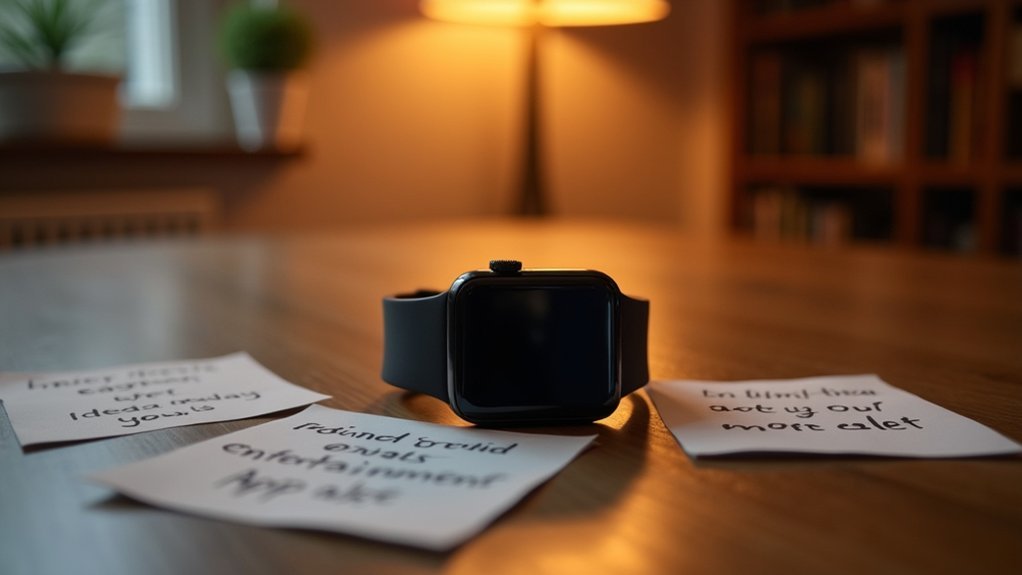
Social media and entertainment apps generate some of the most frequent notifications on your smartwatch, creating a perfect storm for battery drain. Each alert triggers screen illumination, vibrations, and background data processing that collectively consume significant power throughout your day.
Every notification from social media and entertainment apps creates a cascade of power-draining activities that slowly kills your smartwatch battery.
You’ll want to selectively disable notifications from the biggest offenders. Access your Wear OS settings through Apps & notifications to turn off alerts from social platforms like Facebook, Instagram, and TikTok.
Gaming apps are equally problematic, often sending promotional notifications that provide little value while draining your battery.
Consider keeping only essential communication apps like messaging services active. This filtering approach lets you stay connected to important contacts while eliminating the constant battery drain from entertainment-focused applications that average users check multiple times daily. Adjusting your sync intervals gives you direct control over how frequently these apps communicate with your smartwatch, allowing you to manage battery consumption more effectively.
Frequently Asked Questions
Do Custom Watch Faces Affect Battery Life More Than Default Ones?
Custom watch faces typically drain your battery faster than default ones, especially if they include animations, frequent data updates, or bright colors. However, you can minimize impact by choosing simpler designs.
How Does Always-On Display Impact Battery Drain With Optimized Alert Settings?
With optimized alert settings, you’ll still experience 1-2% battery drain per hour from always-on display. However, reducing haptic feedback, notification frequency, and using sleep mode can help offset AOD’s power consumption considerably.
Can Solar Charging Smartwatches Maintain Battery With Heavy Alert Usage?
You can maintain battery life with heavy alert usage if you get adequate solar exposure daily. However, you’ll need proper sunlight conditions and may require battery-saving modes during peak alert periods.
Which Smartwatch Brands Offer the Best Automatic Power-Saving Alert Features?
Apple Watch offers you the most extensive automatic power-saving with 10% prompts and 80% auto-disable features. Samsung Galaxy Watch provides decent automation through third-party apps, while Garmin and other brands require more manual configuration.
Do Medical Alert Watches Use More Battery Than Regular Smartwatch Notifications?
Yes, medical alert watches drain your battery faster than regular smartwatch notifications. You’ll need to charge them every 18-24 hours because they constantly run GPS, cellular, and health monitoring features for emergency response.

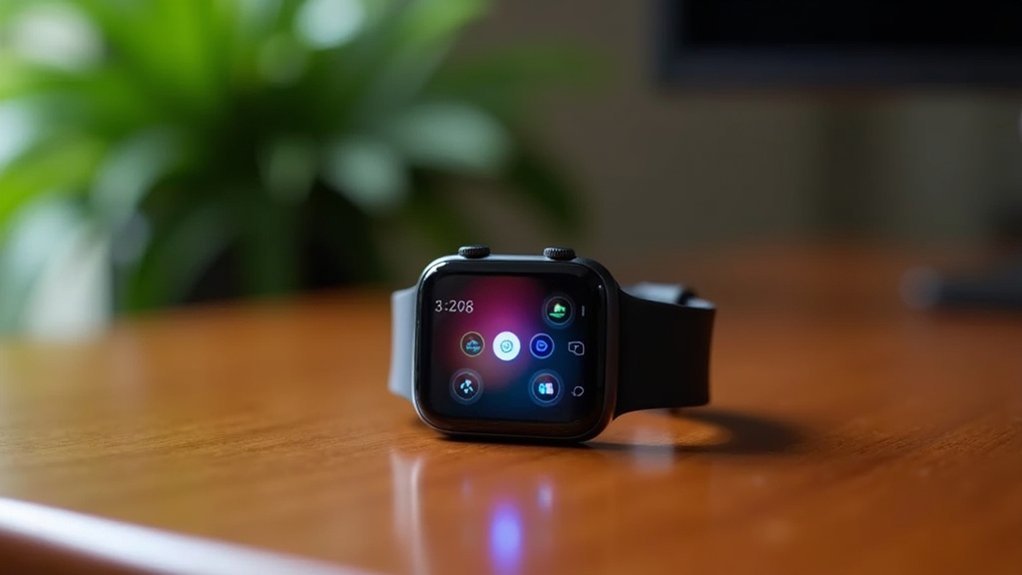
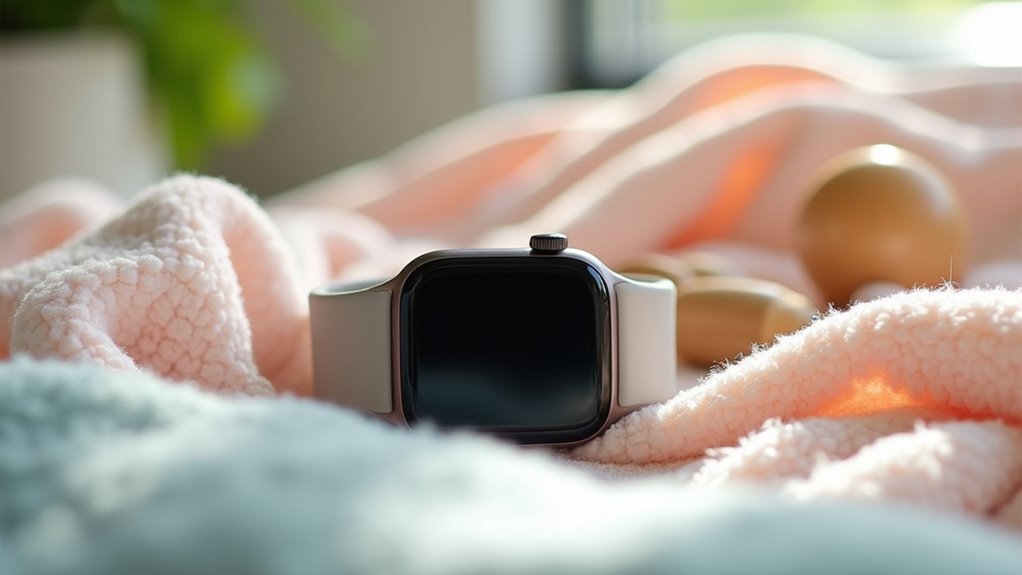
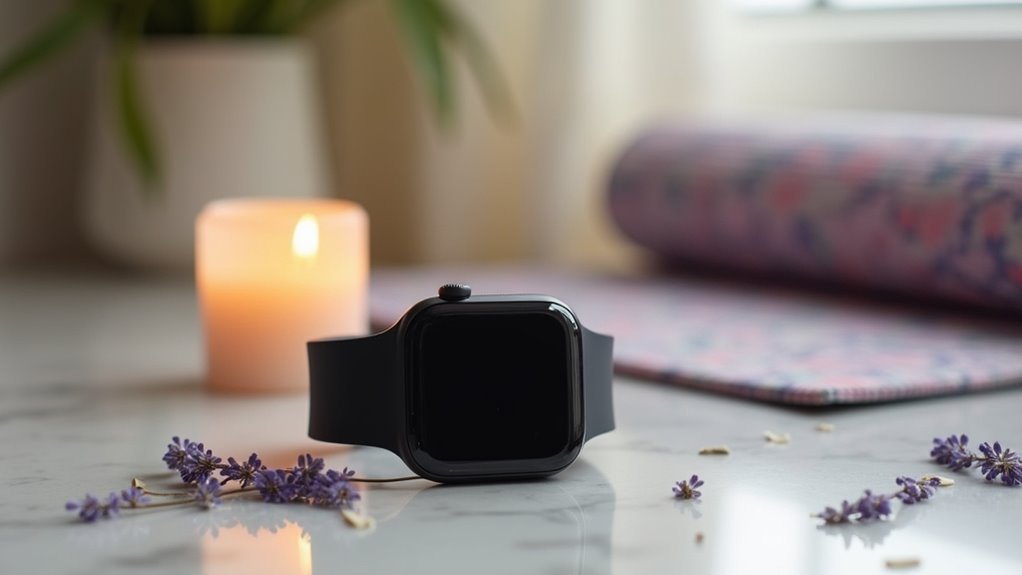
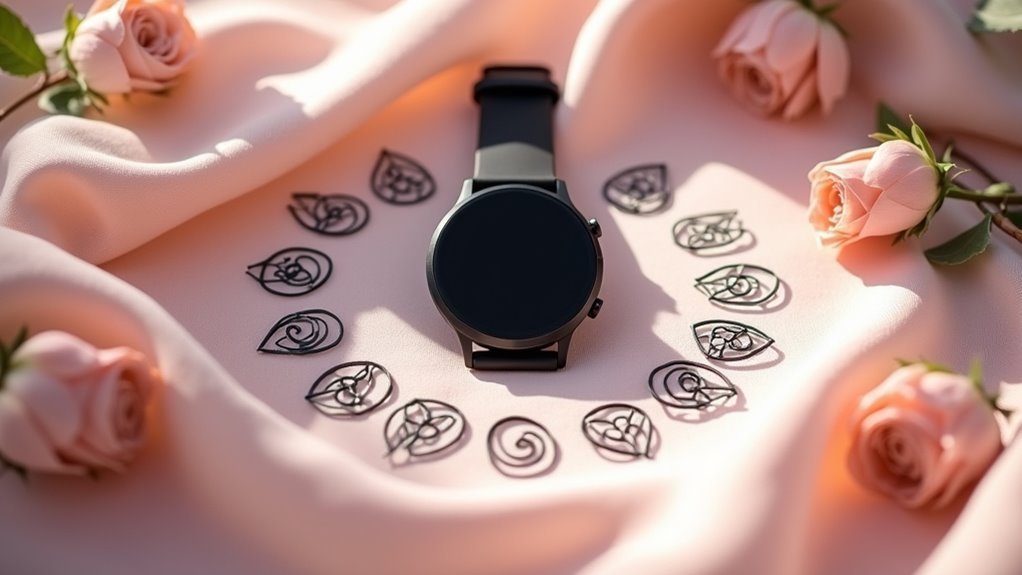
Leave a Reply